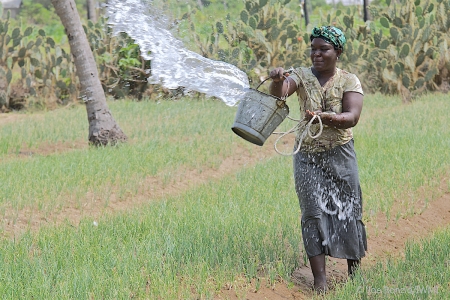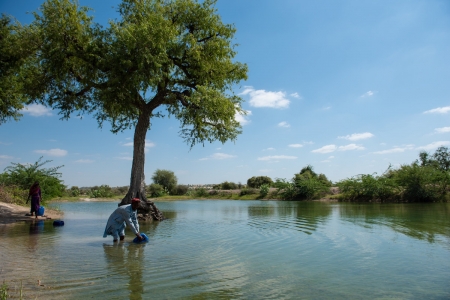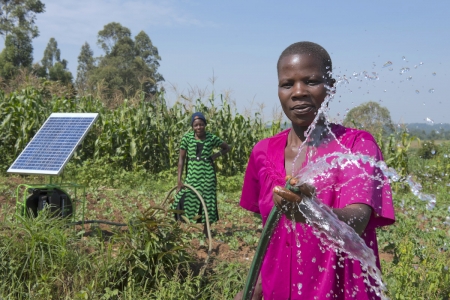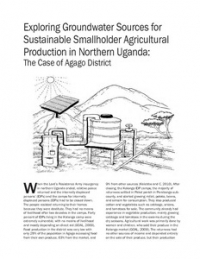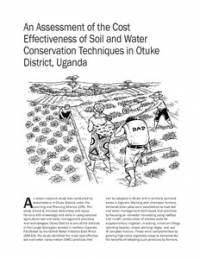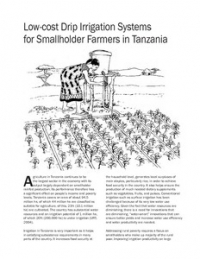Africa produces approximately 52 million tons of maize annually from about 29 million ha. Current yields of maize (1200 to 1500 kg/ha) and cowpea (300 to 500 kg/ha) on farmers’ field in SSA are very low. For many smallholder farmers in Africa, one main constraint to achieving sustainable high productivity is the menace of parasitic weeds such as Striga and Alectra species. The problem of parasitic weeds is intensifying in SSA because of the deteriorating soil fertility, shortening of the fallow period, expansion of production into marginal lands with little use of external inputs, and the increasing trend towards continuous cultivation of monocultures in place of traditional rotation and inter-cropping systems. Inherently poor soils and low use of external inputs (including fertilizers and manures) are among the myriad of problems limiting the productivity of African farms. Nutrient mining and soil nutrient depletion are widespread across the continent (Smaling et al., 2006). Soil mining has led to widespread degradation of soils in the West African Savannas which has increased the problem of parasitic weed infestation. Several studies in West Africa have shown that low soil organic matter, low nitrogen levels and low levels of micro-nutrient are associated with heavy and widespread infestations of farmlands in the savannas (Emechebe et al, 1997, Kamara et al., 2014, Ekeleme et al, 2014). Any attempt to address the parasitic weed problem should therefore involve the management of the soils to reverse land degradation and reduce the Striga seed bank and make the soils more productive in the intensifying cropping systems. In the past three years, we have characterized the soils, layout trials across gradients, test soil and Striga management strategies. Field data collected over the past years will be combined with new data being collected to calibrate and validate models and develop DST for use by development partners in the dissemination of soil and land management technologies among smallholder farmers affected by Striga in the West African Savannas. Communities have been identified in Nigeria covering 10 Local Government Areas with approximately 3 million inhabitants across Bauchi and Kano, State, Nigeria. Trials have been established in the past three years across a range of gradients in the Southern, Northern Guinea and Sudan savannas. The testing and dissemination of soil management technologies on soils that are heavily infested by Striga will continue in 2015. We will collaborate with the AFSIS project to identify recommendation domains for the deployment of soil, land and other Striga management technologies for dissemination in West Africa.
menu

